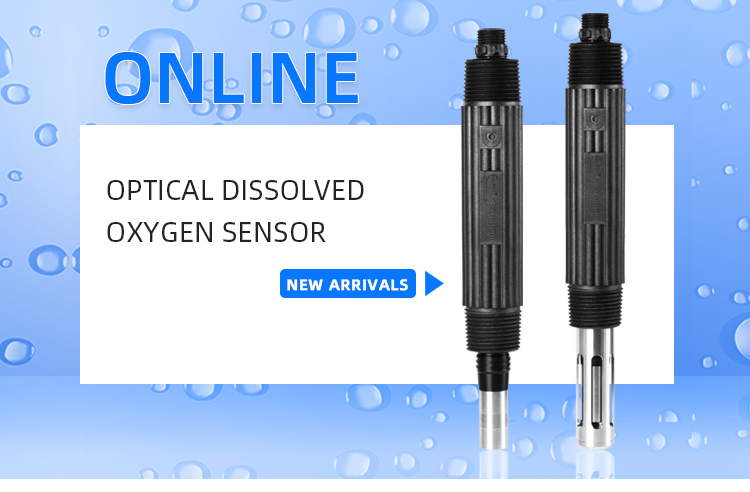How to "confirm diagnosis" of crop phytotoxicity
The wide application of pesticides, fungicides, herbicides and various plant hormones in production makes it difficult for crops to occur. Therefore, it is safe to use pesticides to master the types and symptoms of crop phytotoxics and take timely control measures. A problem that cannot be ignored. Crop phytotoxicity is generally divided into the following three types.
1. Residual phytotoxicity This phytotoxicity is characterized by the fact that after the application, the seasonal crops do not cause phytotoxicity, and the pesticides remaining in the soil cause phytotoxicity to crops that are more sensitive to squatting. As the use of corn field herbicide simazine, they tend to produce on the Following injury canola, beans and other crops. This injury in multi-stage Xiacha crop seed germination occurs, the light tips, shoot buds and other parts or brown rot, affecting the normal growth; severe bad species bud rot, seedling emergence or completely reduced emergence. This injury is difficult to diagnose, easy and fertilizer damage and so confused. It can be used to understand the cultivation and management of the former crops, the history of pesticide use, soil testing and other measures to prevent misdiagnosis.
2. The phytotoxicity of chronic phytotoxicity, the symptoms are not immediately manifested after application, have a certain latent property, hinder the growth of crops, and deteriorate the flavor of the fruit. This phytotoxicity is often difficult to diagnose and is easily confused with other physiological diseases. At the time of diagnosis, diagnosis can be made by understanding the occurrence of pests and diseases, the type, quantity, area and plant control of the application.
3. Acute phytotoxicity This phytotoxicity has the characteristics of rapid occurrence and obvious symptoms. Generally, symptoms can appear within a few hours to a few days after application. Generally, the leaves appear spotted, perforated, anxious, curled, deformed. , withered, yellowed, chlorotic or whitened. The root damage is characterized by short and thick roots, rare root hairs, yellow or thick roots, brittleness, and rot. Seed damage is manifested as failure to germinate or slow germination. Plant damage is characterized by falling flowers, falling buds, fruit malformations, small, spotted, brown fruit, rust fruit, fruit drop and so on. This phytotoxicity is mostly caused by improper use of pesticides or pesticides for improper seed treatment.
The online dissolved oxygen sensor of the optical method uses the fluorescence method to measure the dissolved oxygen content in water. The dissolved oxygen probe uses advanced optical technology to achieve high-precision dissolved oxygen measurement. The response speed is fast, and it can monitor the change of oxygen in water in real time. The optical dissolved oxygen sensor has high stability and can work stably for a long time. The protection level is IP68, and it can work continuously underwater. The maintenance and calibration of the dissolved oxygen sensor is relatively simple. The optical method does not require electrolyte and routine maintenance. The service life of the fluorescent cap is about 1 year, and the reliability is high. The optical dissolved oxygen sensor is small in size, light in weight, easy to install, and suitable for various water body environments. We have three types of Optical Dissolved Oxygen Sensors, PPS housing with 1 inch mounting thread and Titanium for marine aquaculture use. These dissolved oxygen sensors are all digital output, which is convenient for users to integrate into different systems.

Online Dissolved Oxygen Sensor,Digital Dissolved Oxygen Probe,DO Probe
Suzhou Delfino Environmental Technology Co., Ltd. , https://www.daruifuno.com